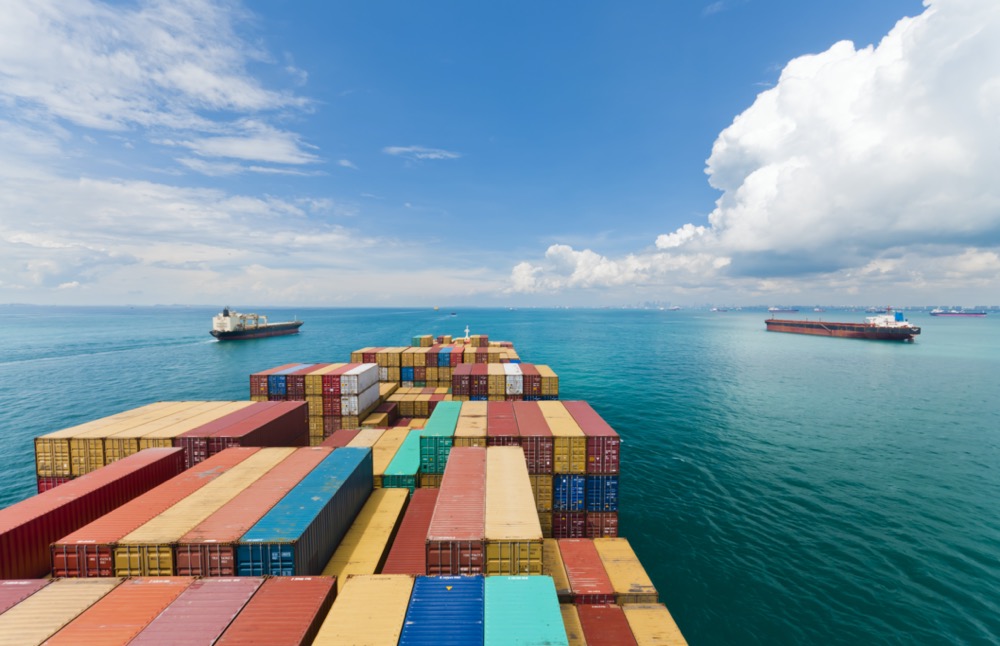According to revised estimates in Drewry consultancy’s latest Container Insight Weekly, pre-tax profits of the global container shipping industry in 2021 and 2022 will be as high as $300 billion. The industry is expected to benefit well into 2022 from the current world supply chain crisis.
The virtually unprecedented profit outlook stems from seemingly unstoppable soaring freight rates. Spot rates have been driven to new highs as a result of tight space, strong demand — especially on the trans-Pacific — as well as port congestion in Asia and at destination ports in the US and Europe.
“Stronger-than-expected spot rate movement in the third quarter and a longer supply chain recovery timeline are behind our reason to upgrade the outlook for average global freight rates — spot and contract — for 2021,” Drewry reported. It anticipates average global rates in the fourth quarter to be 126 percent above those in Q3, an upward adjustment from the 47 percent predicted in a June forecast.
For carriers, Drewry observed that the $300 billion in projected earnings before interest and tax amounted to “an extraordinary war chest to play with.”
The astronomical rates are being accompanied by low service levels. Sea-Intelligence Maritime Analysis indicated that Asia-North Europe on-time performance amounted in August to 23.5 percent, versus 90 percent in August 2019. Trans-Pacific ocean carrier reliability plunged to just 9.9 percent in August compared with 80 percent in the same month of 2019. This represented a new low since Sea-Intelligence began tracking container ship on-time performance a decade ago.
“It is not carriers’ fault that because ports keep them waiting, sailing schedules are in disarray, and access to container equipment is limited,” Drewry commented. “Nor is it the fault of ports and terminals that they have become parking lots for ships and boxes, because COVID-19 made them less able to turn boxes efficiently and then have them cleared from site quickly due to fewer truck drivers and low warehousing space.”
“All in all, quite normal demand growth from a global perspective, and hence all the bottleneck issues are not caused by the global demand but by capacity-side issues on the landside instead,” has suggested Lars Jensen, CEO and partner of Vespucci Maritime. (Photo Shutterstock)





